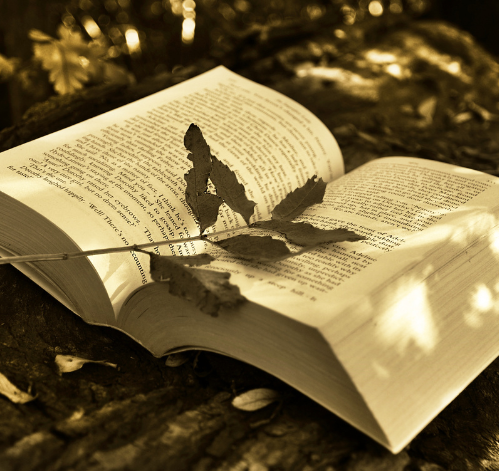Indulge your senses in the captivating world of Indian tea regions. Discover the diverse flavors and rich traditions of Assam, Darjeeling, Nilgiri, Kangra Valley, and more. Uncover the robustness of Assam tea, the ethereal notes of Darjeeling’s “Champagne of Teas,” and the refreshing crispness of Nilgiri tea. Immerse yourself in the historical significance and unique characteristics of each region, as you embark on a flavorful journey through the Indian tea regions.
I. Introduction to Indian Tea Region
A. In this section, we will provide a brief overview of India’s tea industry, highlighting its importance in global tea production. We will discuss the concept of Indian tea regions and explain their unique characteristics.
II. Assam Tea Region
A. We will delve into the geographical location and climate of Assam, an important tea region in India known for its robust and malty teas.
B. By highlighting the key features of Assam tea, we will describe its strong flavor and full-bodied characteristics.
C. We will mention some of the renowned tea estates in Assam, such as the Manjushree Tea Estate and the Halmari Tea Estate, and provide insights into their tea production practices.
D. To help readers appreciate the diversity of Assam tea, we will discuss notable varieties like the golden-tipped Assam tea and the second flush teas.
III. Darjeeling Indian Tea Region
A. We will explore the geographical location and climate of the picturesque Darjeeling region, which is famous for producing the “Champagne of Teas.”
B. In this section, we will emphasize the unique characteristics of Darjeeling tea, including its delicate flavor, floral aroma, and muscatel notes.
C. Readers will learn about the renowned tea gardens of Darjeeling, such as the Makaibari Tea Estate and the Glenburn Tea Estate, which contribute to the region’s tea heritage.
D. We will discuss the different flushes of Darjeeling tea, namely the first flush, second flush, monsoon flush, and autumn flush, explaining how each flush imparts distinct flavors to the tea.

IV. Nilgiri Indian Tea Region
A. This section will focus on the Nilgiri region, located in the southern part of India, known for producing teas with a unique twist.
B. We will highlight the geographical features and climate of Nilgiri, which contribute to the teas’ crispness and briskness.
C. Notable tea estates such as the Korakundah Tea Estate and the Glendale Tea Estate will be mentioned to provide readers with insights into Nilgiri tea production.
D. To help readers appreciate Nilgiri tea’s flavors, we will discuss its floral and fruity notes and provide brewing recommendations for the best cup.
V. Kangra Valley Indian Tea Region
A. Readers will discover the geographical location and climate of the Kangra Valley, one of the oldest tea regions in India, nestled in the foothills of the Himalayas.
B. We will explore the historical significance of Kangra Valley tea and its revival as a specialty tea-producing region.
C. Mentioning esteemed tea estates like the Mann Tea Estate and the Bageshwari Tea Estate, we will shed light on the unique tea production practices in Kangra Valley.
D. By describing the flavor profile of Kangra Valley tea, including its delicate aroma and distinct muscatel character, we will engage readers in the region’s tea offerings.
VI. Other Indian Tea Regions
A. In this section, we will mention and briefly discuss smaller tea-growing regions in India, such as Sikkim, Bihar, and Karnataka, highlighting their unique characteristics and tea varieties.
B. We will emphasize the diverse flavors and profiles of teas from these regions, encouraging readers to explore beyond the well-known Indian tea regions.
C. Recommendations will be provided for readers interested in experiencing teas from these lesser-known regions, either through specialized tea shops or online retailers.
VII. Where to Find Indian Teas in the USA
A. This section will guide readers on where to find Indian teas in the United States, starting with local tea shops and specialty stores that carry a wide selection of teas, including Indian varieties.
B. We will mention online retailers that offer Indian
tea options, allowing readers to explore and purchase a variety of Indian teas conveniently.
C. Additionally, we will suggest visiting Indian grocery stores, particularly in cities with a significant Indian population, as they often stock a range of Indian teas.
VIII. Brewing and Enjoying Indian Teas
A. Readers will find general guidelines for brewing Indian teas, including recommended water temperature, steeping times, and suggestions for using teapots or infusers.
B. We will introduce traditional tea recipes and popular tea blends associated with Indian tea culture, such as masala chai and Kashmiri Kahwa.
C. Tea tasting and appreciation tips will be provided, encouraging readers to savor the flavors, aroma, and nuances of Indian teas.
IX. Conclusion
A. In the concluding section, we will recap the significance of Indian tea regions, highlighting their diversity and contribution to the global tea market.
B. We will encourage readers to explore and experience the wide range of Indian teas available, emphasizing their unique characteristics and flavors.
C. Final thoughts will focus on the exceptional quality and rich tea heritage that Indian teas offer to readers in the United States.
https://impetusgurukull.com/category/useful-information/
https://www.impetusgurukul.com/

